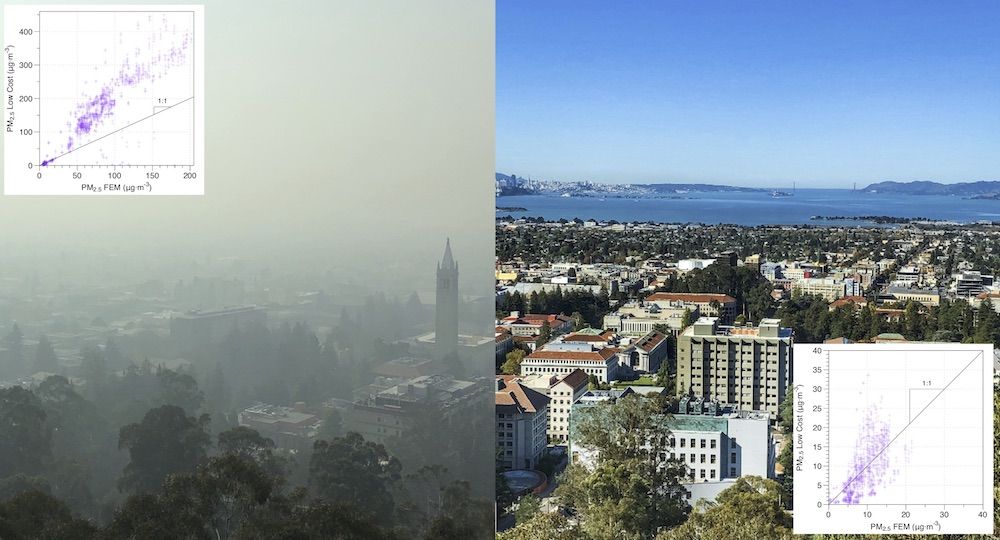Homes and public places where people smoke may have high levels of harmful trace metals from cigarettes, even after smoking stops, Berkeley Lab researchers have found. These metals include cadmium, arsenic, and chromium, and the levels may be above safety limits set by California.
Tag: Indoor Air Quality
How recovery from COVID-19 and climate policies might affect the use of “clean” cooking fuels
A group of IIASA researchers shows how recovery from the pandemic and climate mitigation policies might affect access to clean fuels.
Poorly Circulated Room Air Raises Potential Exposure to Contaminants by up to 6 Times
Having good room ventilation to dilute and disperse indoor air pollutants has long been recognized, and with the COVID-19 pandemic its importance has become all the more heightened. But new experiments by Berkeley Lab indoor air researchers show that certain circumstances will result in poor mixing of room air, meaning airborne contaminants may not be effectively dispersed and removed by building level ventilation.

How outdoor pollution affects indoor air quality
In a long-term study in a Salt Lake-area building, researchers found that the amount of air pollution that comes indoors depends on the type of outdoor pollution. Wildfires, fireworks and wintertime inversions all affect indoor air to different degrees.
Rutgers Expert Can Discuss Colorful Household Plants for Holiday Season and Year-Round
New Brunswick, N.J. (Dec. 14, 2020) – Rutgers University–New Brunswick horticultural expert Bruce Crawford is available for interviews on colorful household plants for the holiday season, beyond the standard poinsettia. “Keeping houseplants can improve your mood, work performance and even…

Four Rutgers Professors Named AAAS Fellows
Four Rutgers professors have been named fellows of the American Association for the Advancement of Science (AAAS), an honor given to AAAS members by their peers. They join 485 other new AAAS fellows as a result of their scientifically or socially distinguished efforts to advance science or its applications. A virtual induction ceremony is scheduled for Feb. 13, 2021.

Low-Cost Home Air Quality Monitors Prove Useful for Wildfire Smoke
Published recently in the journal Sensors, a new study by Berkeley Lab air quality scientists tested four models of low-cost air quality monitors during actual wildfire pollution events and found that their readings of PM2.5 – or particulate matter under 2.5 microns, which has been linked to respiratory and cardiovascular issues – were consistently higher than the reference monitor used by the regulatory agencies; however, since each monitor had a relatively consistent response to the smoke, it is possible to use the readings to estimate true PM2.5 levels. Overall, the researchers concluded that the monitors can provide actionable information.